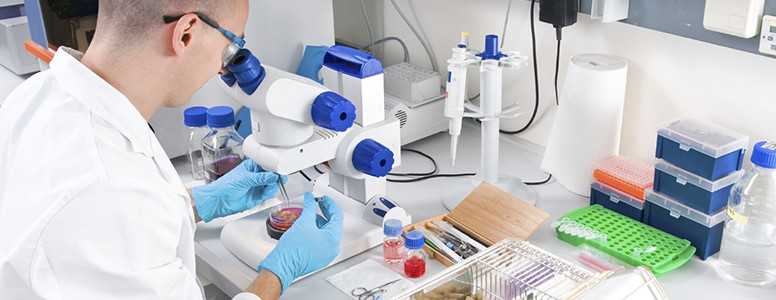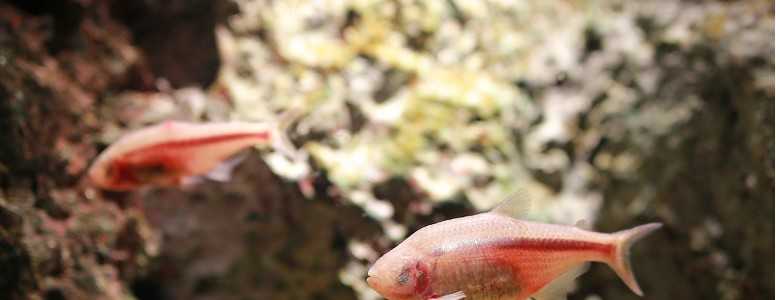Using humans instead of animals to further research type 2 diabetes is more effective, according to a new report.
The US authors say the genetic make-up of animals differs to human beings so the findings of trials can differ significantly when it comes to understanding why type 2 diabetes develops.
The report calls for current research options to be re-evaluated, especially as there are so many alternative testing methods that can replace the need for animals.
The authors wrote: “We do not propose that type 2 diabetes animal research has been without value in the identification of mechanisms, pathways, or potential targets for therapies, nor do we claim that human-based methods can provide all the answers.
“We recognise that the ultimate goal of type 2 diabetes animal research is to identify ways to advance the prevention, recognition and treatment of type 2 diabetes in humans, but postulate that this is where the use of animal models falls short, despite decades of effort. The best way to achieve this goal is by prioritising human-centred research.”
The report was written in response in to the increasing type 2 diabetes rates around the world with the authors saying the condition reached “pandemic proportions” globally.
In the past much work has been conducted using animals to understand the condition more, but despite this the authors said “many details of human type 2 diabetes pathogenesis remain unknown”.
One of the report authors, Dr John Pippi, director of academic affairs at the Physicians Committee for Responsible Medicine in Washingto, said: “Human-relevant diabetes research methods are increasingly used rather than animals, including numerous imaging techniques, biological testing, lifestyle and environmental correlations, epidemiological studies, and basic science methods using genetic methods, stem cells, organ-on-a-chip technologies, human tissue and organ research, and other innovative approaches.”
Animal testing has always been controversial among somen, with many people arguing it is cruel to use them for cosmetic and research purposes.
Last week figures suggested that in a year, almost 55,000 animals, including mice, rats, fish, frogs and newts had been used for research at Birmingham University.
The report has been published in the Alternatives to Laboratory Animals journal.
What's new on the forum? ⭐️
Get our free newsletters
Stay up to date with the latest news, research and breakthroughs.



